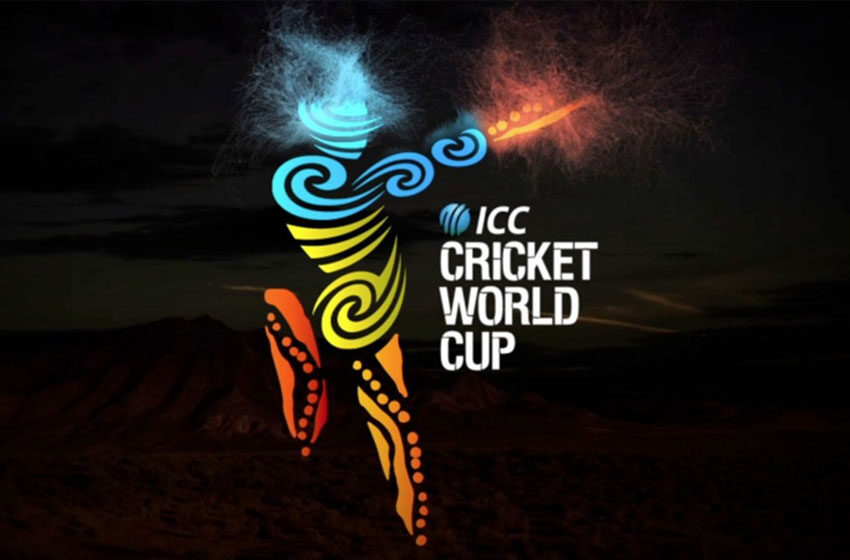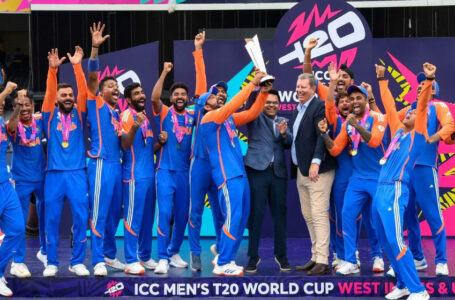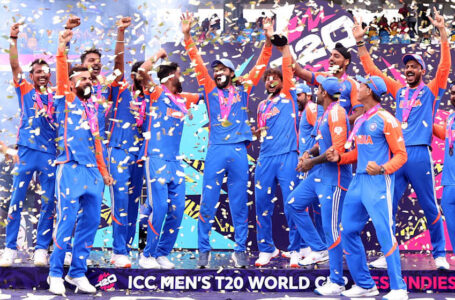MONEY AND MEANING AT THE CRICKET WORLD CUP

If you’re a cricket fan, you probably know that the World Cup is on, and it’s unreasonably long and meaningless. We go in search of meaning at the World Cup, and try to find sense in a nonsensical format. If you do not know that there is a cricket world cup on at the moment, you’re not a cricket fan, and this piece probably doesn’t concern you. But if you are following cricket’s showpiece event, you probably have grumbled about how the tournament has forty-two meaningless games and only seven meaningful games.
The fourteen teams, as you know, play in two groups of seven, of which four from each group will qualify for a quarter-final phase, and then six games later, two of the survivors will fight it out in the final match.
What’s wrong with this, you ask? Well, nothing, except that the groups are designed in such a way that there are four ‘strong’ teams and three ‘minnows’ in each one. This means that barring an upset, one could safely predict who the quarter-finalists are going to be. Many cricket fans worth their salt have openly proclaimed that they’re going to go to sleep and wake up on the day of the quarter-finals, knowing that they would not miss a thing.
Of course, this is not completely true. Upsets do happen, especially in a long tournament, but the ‘value’ of an upset goes down in such tournaments because countries can recover from a bad start without much effort. Having said that, there are legitimate reasons for the tournament organisers choosing this format. Here we will name three.
- They wanted to prevent a debacle like the one that happened in 2007. In that edition of the tournament, both India and Pakistan got kicked out before the meaty part of the competition started, and viewers had to watch a long league game involving eight teams, two of which were Bangladesh and Ireland, who were both obviously a class below the rest.
- They wanted to keep the televisions on in India and Pakistan, especially India. Much of cricket’s viewership wears the blue jersey, and the Indian cricket fan doesn’t watch a World Cup if India is not playing. The longer you keep India alive in the tournament, the more eyeballs you get and the more money broadcasters make. In the 2015 format, barring an upset, India will most likely stay alive until the quarter-finals.
- The previous edition of the World Cup, held in 2011 in the subcontinent, had received a lot of good reviews. It copied the same format as the 1992 and 1996 World Cups, which both got praise from experts for the kind of format they played under. So the organisers probably wanted to leave a successful thing be and not try to fix something that is not broken. Also, knowing that India won the 2011 edition, perhaps they thought that the format was ‘lucky’ for India. And whatever is lucky for India is good for television companies and sponsors.







